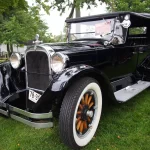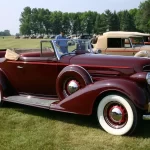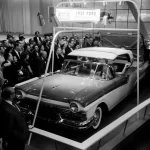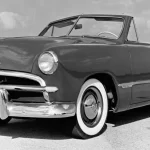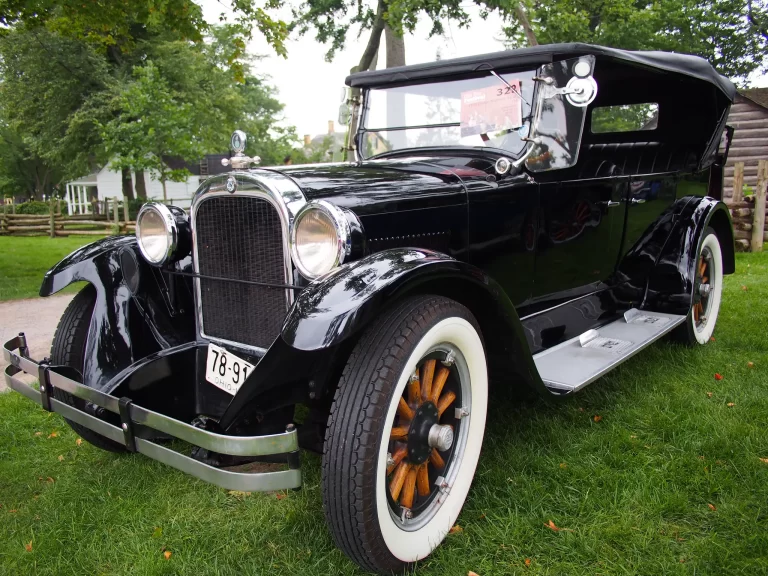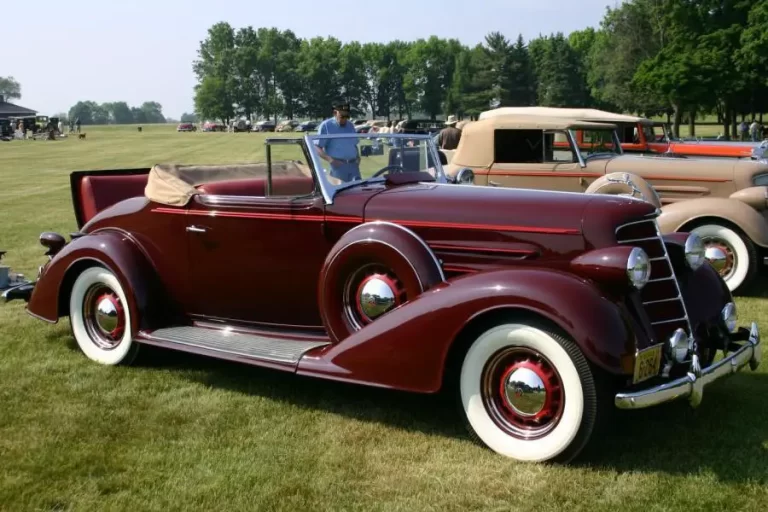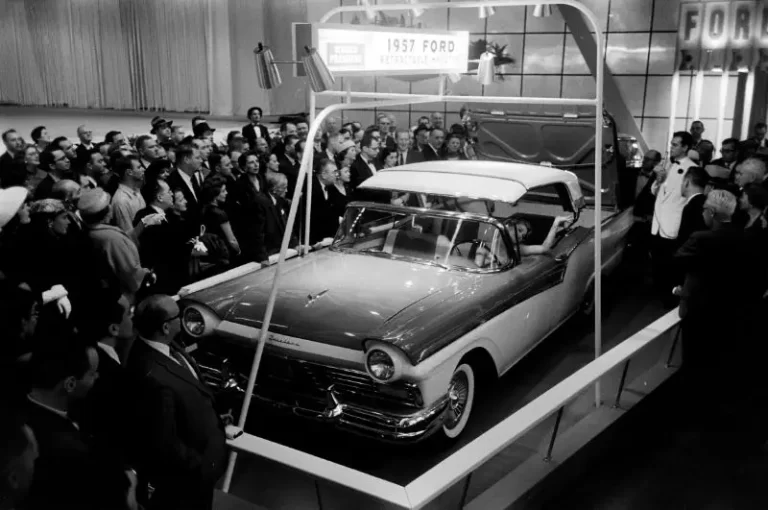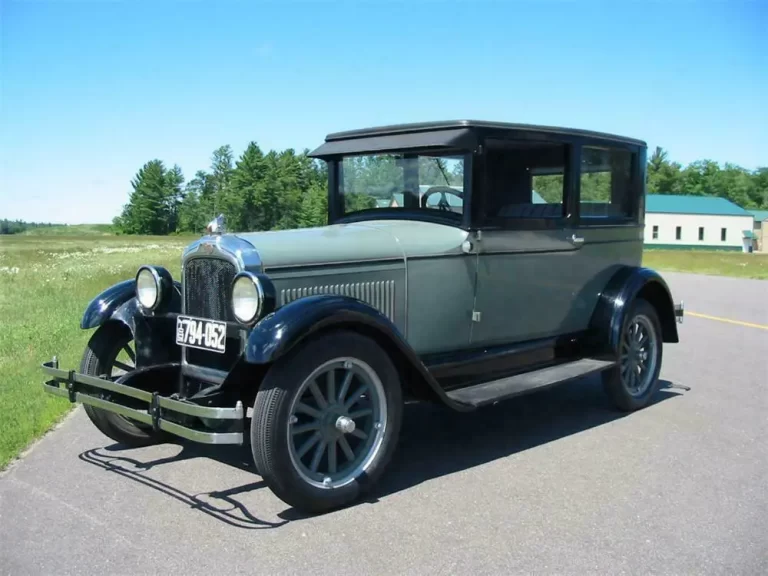
Go ahead, call it the Citroën Front-Wheel-Drive. It has never heard that joke before. It’s not a joke, in reality, given that traction avant translates from French quite literally as front traction, or front-wheel-drive in auto speak. What’s so special about the Citroën version that it received such a plain name? Well, like the Bug to VW, Traction Avant is not its actual name but born of character. Originally released on this day in 1934 as the Citroën 7, it wasn’t the first FWD model, not even close. But the vehicle would go on to become the first globally produced FWD car to reach six figures in terms of units built. In fact, by the time the factories stopped churning them out in 1957, some 760,000 had been manufactured. Still, though, front-wheel-drive was far from common, especially on US roads.
Citroën Traction Avant History

Originally designed by André Lefèbvre and Flaminio Bertoni in late 1933 and early 1934, the Traction Avant soon entered a relatively crowded FWD field in Europe. Others included DKW and Adler models, as well as the BSA Scout, which came to market about the same time. While many of these cars fizzled, including the Cord in the USA, André Citroën saw massive potential. So much so that he invested in a facility designed to handle much higher quantities in terms of mass production. Even as plans for the car were in its infacy, he went ahead with the demolition of the current plant and completed the new one in October of 1933. It would remain empty for some time until tooling could be installed and production of the new car ramped up.
It was not until April 18, 1934 that the first vehicle would be publicly displayed at the French automakers huge Paris showroom. Investors and consumers were met with a revolutionary vehicle that featured a number of firsts. Among them, unitary body construction and the adoption of rack and pinion steering. The four door saloons quickly became a hit.
What is the Real Name of the Traction Avant?

While widely known as the TA, the car’s real name fell in line with French fiscal horsepower rating, or CV, used to determine annual car tax levels. This made it simple for consumers to understand which vehicles they could afford in the short and long term. Although, the name often remained the same in even as horsepower grew. For example, in 1934, Citroën introduced the 7. They continued calling the car 7 even when a larger engine pushed it into the 9 CV tax band.
Some changes were made, in some capacity, be it unofficially or not. Production of the 7 lasted from 1934 to 1941, while the 11 was produced simultaneously from 1934 until 1957. The 15/6 came to. market in 1938 and lasted until 1956. Throughout this time, most of the vehicles were four door saloons, although two door saloons and convertibles could also be had.
The Impact of Growth
Despite the vehicle’s eventual success, the cost of building a new factory to produce led to bankruptcy of Citroen in 1934. At that point, French tire company Michelin took control of the company, running it until the 1970s, almost as a test bed for its new tires. Despite this Citroen continually produced unique vehicles in the years that followed, including the Citroen DS, the Traction Avant’s successor.


